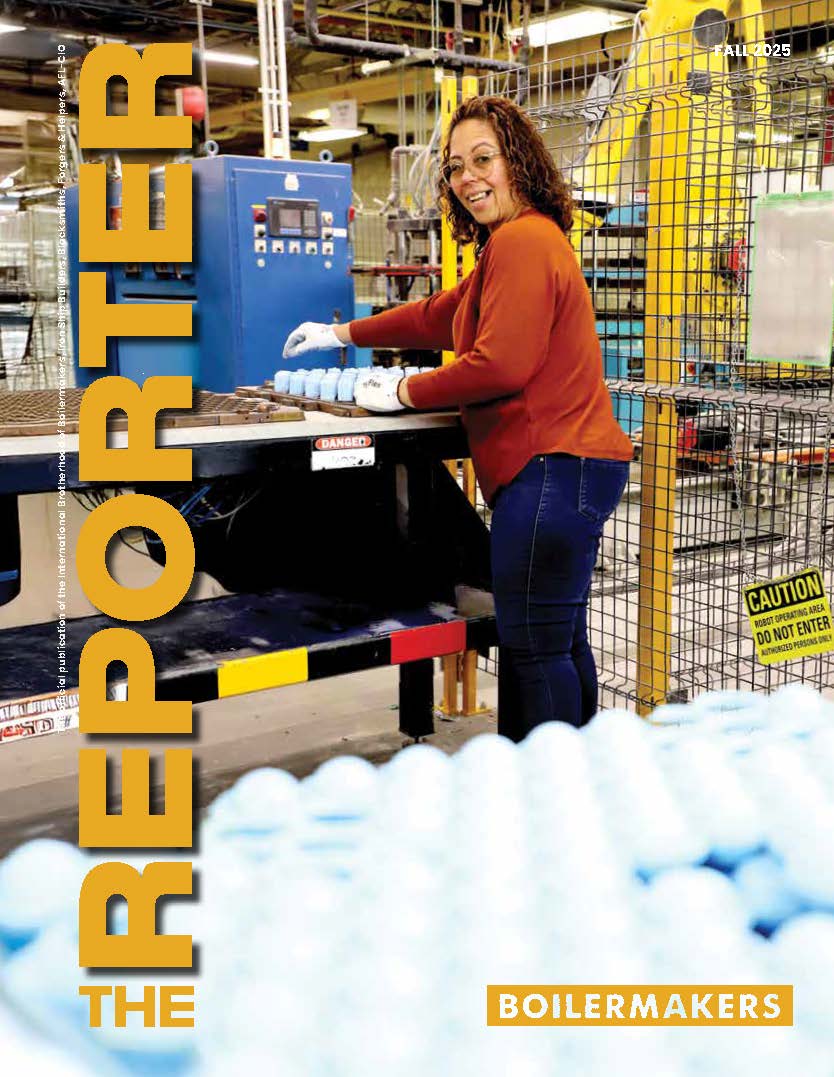Study shows advantages of being organized
A NEW STUDY by the Center for Economic Policy and Research (CEPR) reinforces what organized workers have long known: union members make more money than nonunion workers, and they are more likely to have benefits.
Released Feb. 3, the study found that union members do better in all 50 states than their unorganized brethren. In a typical state, the organized are likely to earn 15 percent more (roughly a $2.50 an hour advantage), are 19 percent more likely to have employer-provided health insurance, and are 24 percent more likely to have an employer-sponsored retirement plan.
The report, which can be found at www.cepr.net, also breaks out union density by state. It found that New York and Hawaii have the highest percentage of union workers, at over 25 percent, while North Carolina and South Carolina have the lowest, at less than five percent.
Interestingly, the study found that even for states with very low union densities — typically those with so-called right-to-work laws — the benefits of belonging to a union still hold. Another key finding was that states with larger populations of unionized public employees tend to have a higher percentage of unionized women. The authors attribute that fact to a higher percentage of women in teaching and health care professions.





